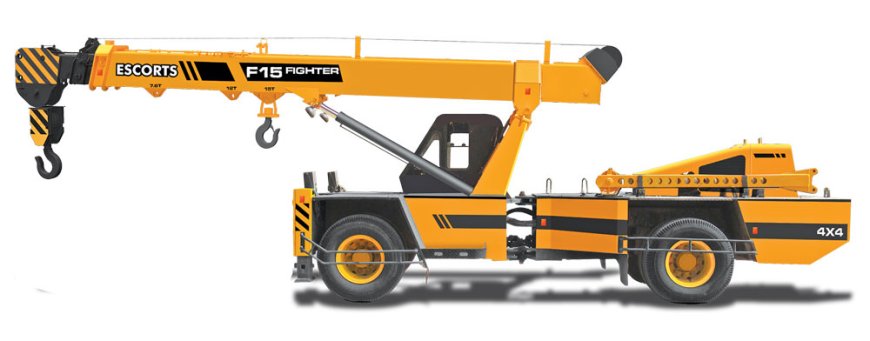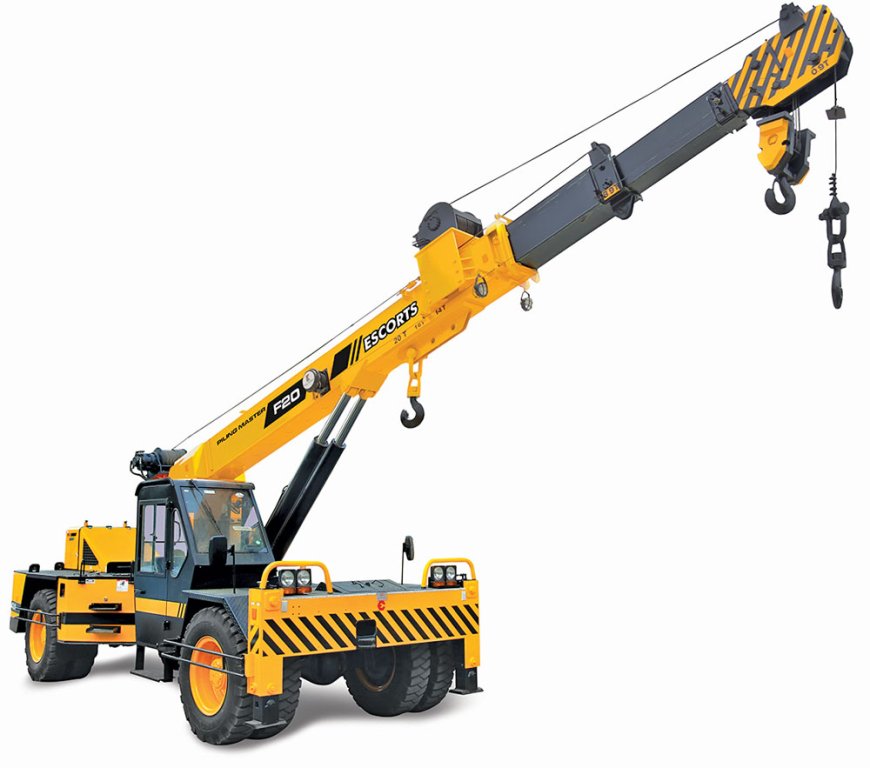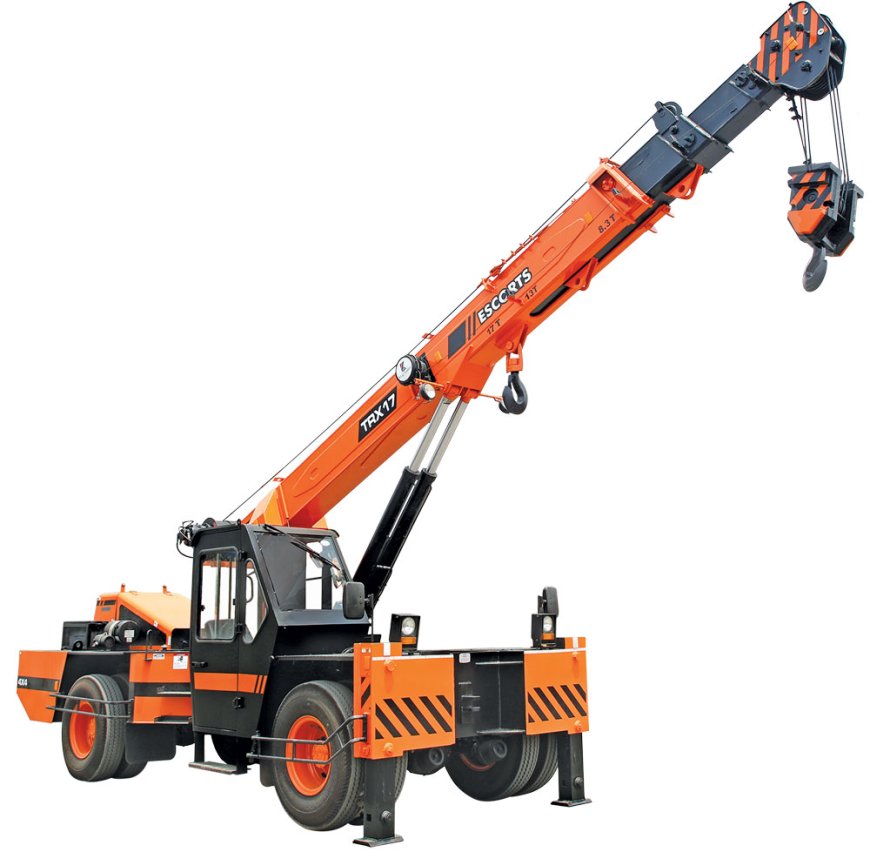Government capital expenditure (capex) remains a pivotal driving force.

Sanjeev Bajaj
Chief Officer, Escorts Kubota
How do you look at the market for construction equipment in India, especially post-interim budget?
Let’s rewind a year. Over the past year, the industry has experienced remarkable growth, approximately 35% in our served sector. This surge surpasses anything we’ve witnessed before; even the previous peak in FY19 has been comfortably surpassed. As of January, we’ve already exceeded last year’s overall numbers in the CE industry, reaching an impressive 130,000. Encouragingly, we anticipate this momentum to persist. Several factors contribute to our optimism. The government’s spending and a heightened sense of urgency are currently at their peak. The latest budget gives no indication of a slowdown; in fact, spending is on the rise. Last year’s capital expenditure budget was 33% higher than the previous year, and this year sees an additional 11% increase from last year. This consistent upward trend is a positive sign. Within the industry, there is widespread positivity and a prevailing sentiment that we are heading towards a stable government. The government has already projected itself as a long-term and stable force with a strong vision for infrastructure development. In the near term, I foresee no disruptions to the industry’s momentum; it appears set to continue its upward trajectory.
|
|
|
Which specific government provision do you think is directly impacting construction equipment sector?
As mentioned, government capital expenditure (capex) remains a pivotal driving force. Additionally, the sustained emphasis on complementary initiatives such as the National Infrastructure Pipeline (NIP) and the Gati Shakti initiative is noteworthy. The government consistently communicates its commitment to propel these efforts, evident in the restructuring of Bharat Mala in alignment with the 2047 vision. Overall, the budget indicators align with the government’s vision and statements, reinforcing their dedication to these initiatives.
Any specific policy you would like to highlight which is going to benefit the industry?
From an industry standpoint, significant changes have unfolded over the past 2 to 3 years. The transition from BS3 emission norms to BS4 emission norms occurred in early 2022, and now there’s a planned shift towards BS5. This rapid evolution poses a considerable challenge. In past, unprecedented inflation in commodity prices, particularly steel and rubber due to global macro factors had created a rollercoaster effect within the industry. Despite these fluctuations, manufacturers remain steadfast in adhering to government directives on emission norms. Simultaneously, they are actively engaged in the integration of new technologies, such as greener fuels and alternative power sources. However, the industry faces a critical challenge in meeting the anticipated volume growth. To align with industry projections, substantial capital expenditure is essential for both domestic and export capacity expansion. Furthermore, significant investments in technology are imperative over the next 3-4 years, if not sooner, to meet escalating demand.
Recognizing these needs, the industry has advocated for a Production Linked Incentive (PLI) for the manufacturing of construction equipment. Should this initiative gain approval and support from the government, it would serve as a commendable acknowledgment of the industry’s current efforts and contribute to its sustained growth.
You mentioned about BS4 norms coming and we are now moving to BS5. It is coming at a cost. If it is coming at a cost at a price centric market like India, how are you going to work out the things keeping the margins intact and the numbers. Backhoe sale is going up and suddenly people will look for excavator. How do you see the change?
In general, certain products outpace others in terms of compliance with emission norms. For instance, while excavators are yet to transition to BS5, backhoe loaders are set to make the leap from BS4 to BS5 by December this year. The impact varies across products, with some experiencing more significant effects than others. Additionally, products that were previously at the BS3 level, particularly those with less than 50 horsepower, will undergo a direct shift to BS5, constituting a notable emission norm upgrade.
The challenge lies in the differentiated impact on various product categories, with an anticipated cost increase that may prove challenging to transfer to customers. From the customer’s perspective, the margin for earnings does not see a significant change. Given the current rental rates, tight project budgets, and time constraints faced by customers striving to meet their project performance rewards, there is a heightened pressure on the overall system.
Despite these challenges, this transition serves as a positive force for equilibrium. It necessitates the implementation of efficiencies in product design and manufacturing processes to control costs. While the incorporation of new technologies is desired, it must be done judiciously to avoid substantial cost implications. Manufacturers must focus on building efficiencies within their operations. Moreover, optimizing project execution is crucial to curbing cost escalations resulting from delays.
In the broader context of construction, encompassing equipment manufacturing, this shift in emission norms is expected to act as a balancing factor. It prompts a reevaluation of processes and practices, aligning them with the evolving regulatory landscape and fostering efficiency improvements across the construction ecosystem.

What are the bottlenecks in the industry and how can you overcome those?
Presently, the industry faces a bottleneck due to its reliance on imported technologies, particularly in areas such as precision hydraulics where many components are still sourced externally. Addressing this dependency should be a priority for our industry. There are undoubtedly competent and reliable vendors in India capable of developing these technologies. The key lies in investing in and fostering the growth of these capabilities within the country.
Another notable concern is the transition to electric and electronically controlled engines to comply with higher emission norms. The industry’s heavy reliance on imported electric components, electronics, and associated chips presents a significant challenge. To mitigate this, there is an urgent need for strategic investments and a shift towards self-reliance in these critical technologies.
Furthermore, macro challenges persist across various sectors, with geopolitical situations worldwide impacting growth-hungry countries like India. Approximately 10% of overall exports from India, for construction equipment, is a figure that needs improvement. Enhancing international relations, ensuring stability in trading norms, and fostering peaceful geopolitical conditions are imperative for achieving increased exports.










